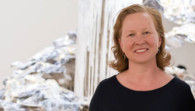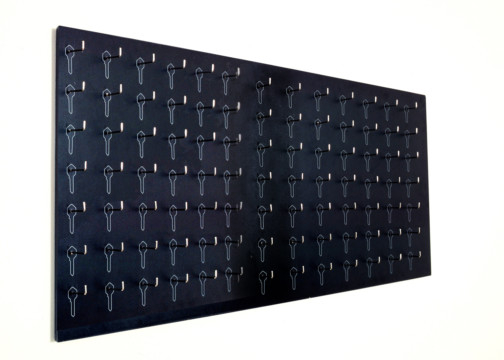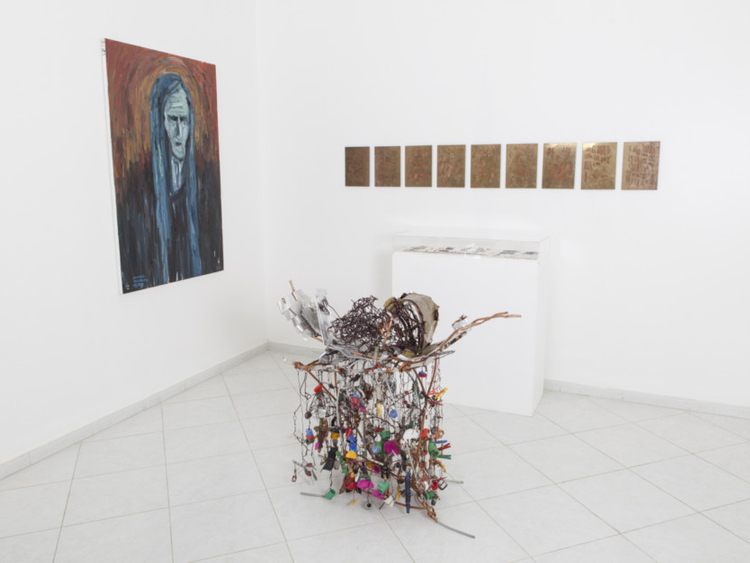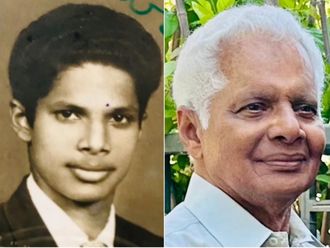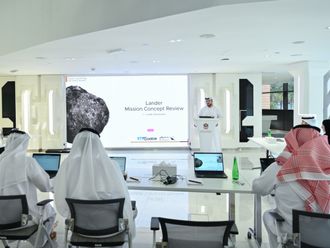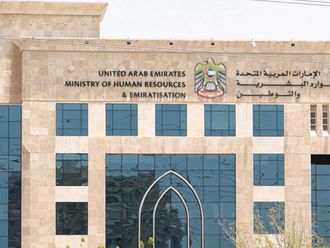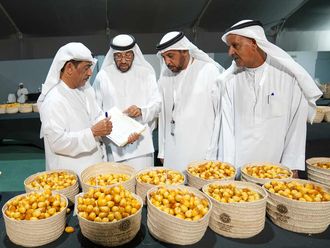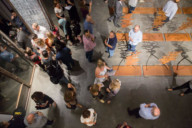
ABU DHABI: Community has played a key role in the evolution of art in the UAE, with critical and creative exchanges among peers and mentors nurturing a culture of their own, an authority on art in the country has said.
Speaking to XPRESS in an interview ahead of the launch of a unique retrospective - But We Cannot See Them: Tracing a UAE Art Community - next week, Maya Allison, founding director and chief curator of the NYU Abu Dhabi Art Gallery, said, “Operating as an artistic community outside of formal art institutions allows artists a combination of freedom and support that can enable powerful creative innovation … There are many kinds of creative practice, and different artists are coming of age in terms of the maturity of their work. The arts infrastructure in the UAE is growing to enable artistic engagement on a broader public level.”
Tracing the evolution of art from the early 1990s, she said, “When curators first came to the UAE looking for contemporary art, they concluded none was being made, because they could not see it. Yet, contemporary art was actually flourishing.”
She said Hassan Sharif and other creative producers such as Ahmad Rashid Thani were pivotal figures in the formation of a community that supported and enabled artistic experimentation in the UAE. “An artist such as Ebtisam Abdelaziz took classes at an atelier founded by Sharif, and she studied with his student, Mohammad Kazem. Through that sequence filtered down an idea of art that permeates this community, art-for-art’s-sake, but also art having its own truth beyond decoration. From a philosophical position like that, each individual artist found his or her own voice. The influences were sometimes direct (paper curling on to the floor might be an early experiment by Kazem, or an installation by Mohamad Ahmad Ibrahim), sometimes not (both Abdullah Al Saadi and Hussain Sharif harvest images from the landscape around them in different ways to different effect).”
Independent art
Allison said the artists developed what we might call “independent art, in spite of – or because of – the scarcity of public venues able to support conceptual and formal experimentation in the UAE at the time. When The Flying House opened in 2007, that space gave them a newfound visibility, leading to further audience and institutional support.”
On the importance of modern-day art hubs, she said, “All aspects of an arts ecosystem are critical, from places and support for making art, to hubs for exchange and learning about art, to commercial centres to support it financially, and finally institutional knowledge-production that an art museum provides. Promoting art and enabling artists to find a community and innovate are sometimes the same thing, as with Alserkal Avenue, and sometimes different things, as with Tashkeel Hub and the Shaikha Salama Emerging Artist Fellowships.”
But We Cannot See Them is curated by Allison, with exhibitions curator Bana Kattan. Research and programme development is by programmes curator Alaa Edris. It includes archival material and videotaped interviews with members of the community, alongside artworks from 1988 to 2008, as well as a reading room of work from other members of the community. The artists in focus are Hassan Sharif, Mohamad Ahmad Ibrahim, Abdullah Al Saadi, Mohammad Kazem, Hussain Sharif, Vivek Vilasini, Jos Clevers, and Ebtisam Abdulaziz, with contributions from Cristiana De Marchi, Adel Khozam, Nujoom Alghanem and Khalid Albudoor.
WHAT: But We Cannot See Them: Tracing a UAE Art Community, 1988-2008
WHEN : February 26 (Alserkal Avenue)
March 2-May 25 (The Art Gallery at NYU Abu Dhabi)


